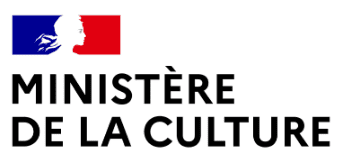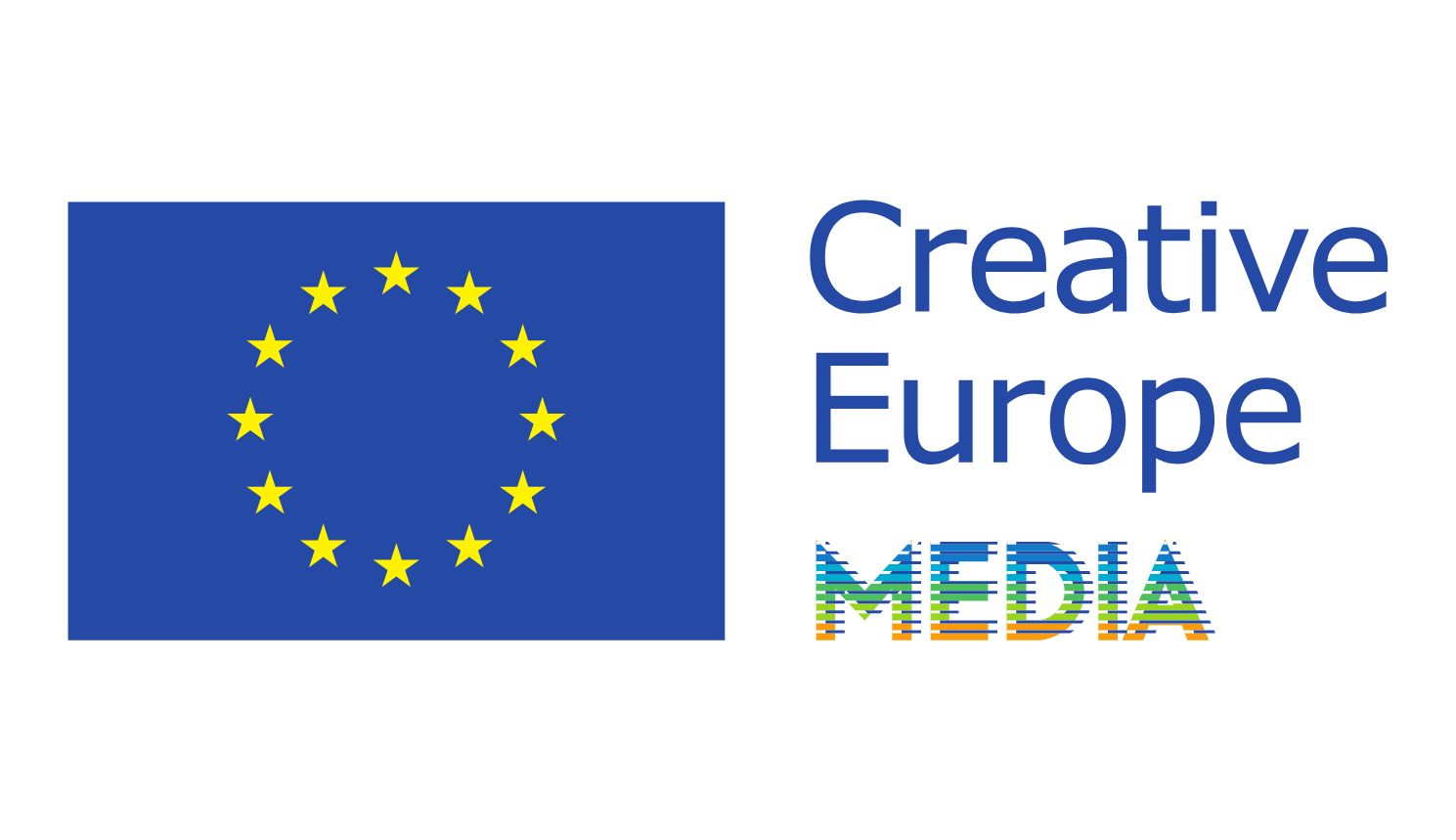Christophe Clavert
After Little President (FID 2020), Christophe Clavert delves deeper into the topic of the oppressed and the pleasures of dialectics. First picture, on location: after he escaped from an immigration detention centre, a young African man roams around the French countryside in the hope of reaching Paris, even though the police is at his heels. Second picture, interior reverse shot: in a late 19th century apartment in Paris, under the exotic and indifferent eye of a parrot evocative of Flaubert’s novels, three decadent bourgeois become inebriated while commenting on the hectic political news. A wandering and farcical fantasy, La Route de Cayenne is nevertheless a bitter and serious depiction of a political fixture across the ages: a colonial Republic with Cayenne and its penal colony as an unofficial capital.
(Cyril Neyrat)
- Other gems
- 2021
-
 Other gems
Other gems
- 2021
LA ROUTE DE CAYENNETHE ROAD TO CAYENNE
Christophe Clavert
Little President (FID 2020) followed the figure of Khalid Mansour, a journalist refugee in the Calais jungle, and ended with a reminder of colonial history. It would seem that you take this gesture further here. You build your film on the shot and reverse shot between a refugee fleeing on the roads today, and a Parisian interior of 1894. How was this film written ? Why choose that year in particular?
Chance, or at the very least the circumstance of production, led to these films following each other in their public presentation. Actually, both were finished at the same time, in early 2020. But the script for La Route de Cayenne predated the Little President project by a long margin. It was written seven or eight years ago and remained, as they say, in a drawer, because of a lack of funds for shooting. The film's origin is a short story by Maupassant, Le Vagabond (The Vagabond), which follows the itinerary of a Norman carpenter gone to find work elsewhere in France and who, not finding any, has to beg in order to be able to go back home. Another Maupassant short story, Le Voleur (The Thief), gave me the general framework for the other part, in the interiors (nothing proves that is a Parisian interior!), with the three anarchist bohemians. And the dialogues to this part come from the first pages of Octave Mirbeau’s Jardin des Supplices. Finally, it is through the theme of these dialogues – the relationship between violence and the State – that I had the idea to evoke the assassination of president Sadi Carnot by the young Italian anarchist Sante Geronimo Caserio in 1894. The two historical periods evoked in the film, the beginnings of the Third Republic and the current period, share this : though society is governed by democratic States, civil and social liberties are being strongly rolled back. In the Third Republic, this means the lois scélérates, the « villainous laws », the repressing against the far left and most notably against the anarchists. It is also a period of intense social contestation. A moment in which the legitimacy of the political class is brought into question because of its corruption and its business dealings. And it's a period of rising nationalism and xenophobia linked to immigration (as Gérard Noiriel has described in his Le Creuset Français, « The French melting pot »). The assassination of Carnot will indeed serve as a new pretext for lynchings against Italian immigrants, of which there has already been many during the previous years. Concerning the historical facts cited in the part on the XIXth century, nothing is invented. The Petit Journal article is cited as is. And it can stand the comparison with the populist demagogy of some of today’s media.
You introduce a comical dimension, you yourself appear as an actor, and the characters play in many different registers. Could you comment on these choices?
Comedy was not completely absent from Little President, even though on a minor mode, and it was already present more directly in some of my other films, such as Mon coursier hors d’haleine. The satyrical dimension already exists in some of Mirbeau’s dialogues. Concerning the acting, I’ve always liked heterogeneous objects and I don’t believe in the transparency of acting. Even if it can be disconcerting, I like the, let’s say musical depth that moving between different registers can bring. I admire it in Renoir’s late period (Le Testament du docteur Cordelier, Le Déjeuner sur l’herbe, Le Petit Théâtre de Jean Renoir…), who in my opinion has mastered this better than anyone else. I’ve already acted in some of my films, ever since the first one in actual fact. Only for practical reasons, of course : one person less whose timetable I have to handle, one person less to pay, all of which saves a lot of time and money.
We meet animals, a cat, a dog, and a parrot. Silent commentators ?
As exterior witnesses, at least, who through their presence call into question the attitudes and behaviours of human beings, for they are not completely silent. Cows also have a large role. And coming back to acting registers, animals introduce another one, based on pure movement. They never cheat and therefore never act badly ! Or at least, the non-professionnal ones, as is the case here ! The idea of the parrot came from an aunt’s parrot, a grey parrot named Poupée (« doll ») who is quite the chatterbox ! She has a large panel of expression like « That’s good ! », when she sees us eating, « Off to bed » when she thinks we should go to bed, « Well well well » in lots of different circumstances. And she can also sing the Marseillaise ; I intended to have her sing it in the film when the three bohemians, drunk, get up and take up their arms to unmask the ghost. But it was obviously difficult to get her to our shooting location. I had therefore almost given up on a parrot’s presence when we found Yagot, much less of a talker, at least during the shoot, but a very good pantomime.
The film develops a contrarian vision of history, in which eras are joined. Could you explain this intention ?
Not a contrarian version of history, but a temporal loop. Let’s say that the reactions, the attitudes when faced with certain events are repeated. Whoever does not know history is condemned to repeat it. We find that both in Freud and in Marx. In the film it’s more of an intuition, as I had no intention of making any particular statement. The construction is rather tied to the logic of dreams, or nightmares. Let’s say there’s an intruder (not yet a skeleton) in the closet and that it’s moving between eras. The forerunner, perhaps, to the future return of a colonial repressed.
Interview by Nicolas Feodoroff
-
 Other gems
Other gems
Technical sheet
France / 2020 / 32’
Original Version : French.
Subtitles : English.
Script : Christophe Clavert.
Photography : Emanuelle Le Fur.
Editing : Christophe Clavert.
Music : Lucie Taffin.
Sound : Jérôme Ayasse.
Casting : Facoro Coulibaly, Guillaume Coqui, Olivier Coulon-Jablonka, Arnaud Claude, Yanira Yariv, Bernard Meulien, Lucie Taffin, Juliette Taffin.
Production : Antoine de Clermont Tonnerre (Mact Productions).
Filmography : Fenêtre sur cour, 2021. Little President, 2020. Une courte histoire de Khalid, 2019. C’était la jungle, 2018. Le menhir de Gobianne, 2018. Vendredi par exemple, 2015.
La fuite du jour, 2011. Mon coursier hors d’haleine, 2009. Un voyage en Italie, 2007. Souvenirs d’un voyage dans le Maroc, 2005. La bonne affaire, 2003.
- Autres films / Other gems






